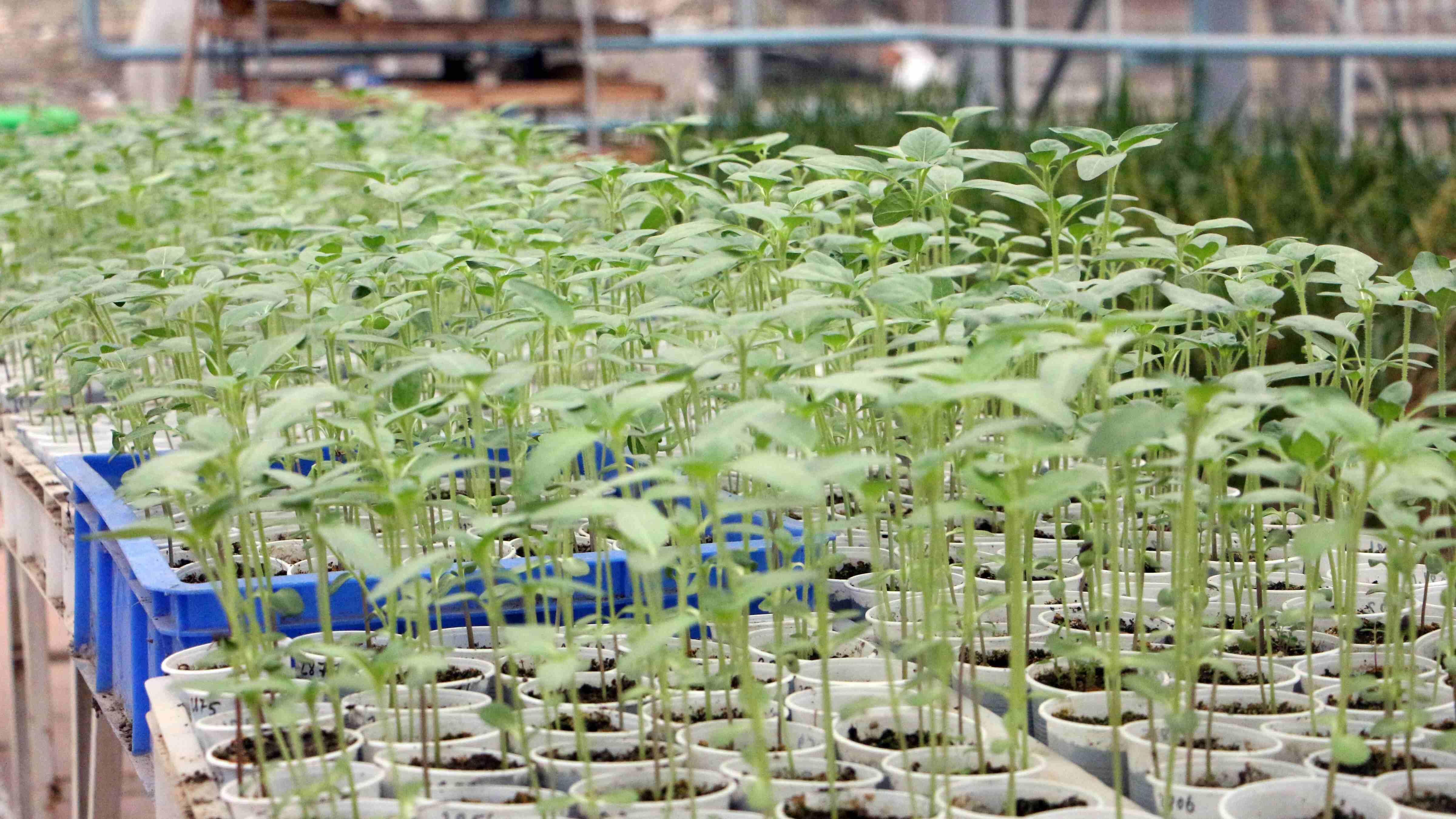Drought-resistant sunflower species developed in country’s northwest
EDİRNE

In a groundbreaking achievement, a major research institute in the northwestern city of Edirne has developed a new sunflower species extremely resilient to prevailing drought and disruptive diseases.
This new type, 1931 CL, developed by the significant seed breeding center in the region, Thrace Agricultural Research Institute (TTAE), is anticipated to serve as an alternative for producers who have faced challenges brought on by drought in recent years due to climate change.
The institution has developed a total of 50 sunflower species to date since the 1970s, according to Adnan Tülek, the head of the organization.
"The 1931 CL hybrid sunflower seed oil species received its registration this year. During the pre-registration period, it was also produced in several locations,” Tülek explained.
According to Tülek, this new species has the potential to boost production in non-irrigated locations to a great extent, with a yield potential of about 280 kilograms. For irrigated areas, this figure rises up to around 440 kilograms, he further noted.
Apart from drought, the species also has exceptional resistance to diseases including downy mildew and broomrape.
Broomrape, a totally parasitic weed, is one of the most significant pests adversely influencing sunflower output and a significant factor limiting productivity, Tülek noted, emphasizing the resistance of the new species to the damaging illness.
He also clarified that downy mildew is another disease having a disruptive effect on yield outcomes, highlighting that developing new resistant species to combat these diseases is the most cost-effective and ecologically beneficial approach.
Certified seed production of the 1931 CL species is now underway domestically, Tülek noted, unveiling their plans to make the seed available to farmers in 2025.
















